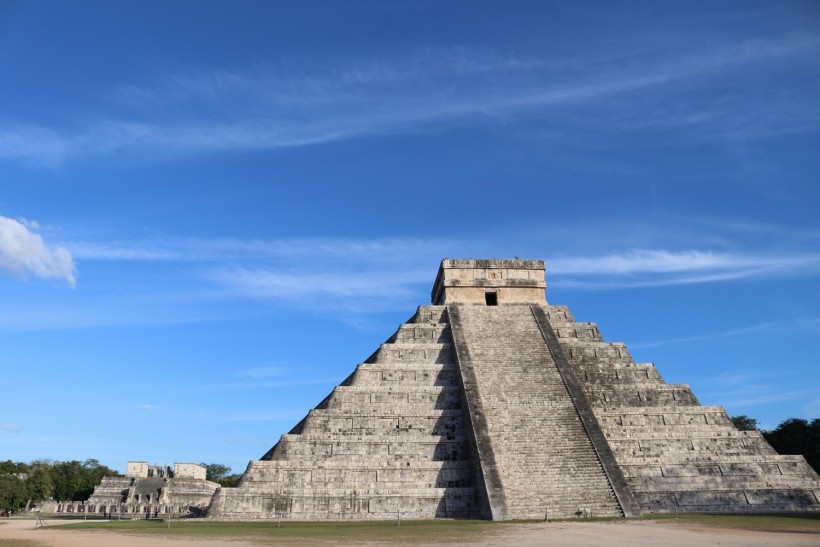The latest research published in the International Journey of Osteoarcheology revealed that some of the fossils found in Midnight Terror Cave were from Maya sacrifice victims. The researchers use the teeth to examine events that occurred in the past.

Mexico Aztec Maya
Midnight Terror Cave Where Suspected Maya Victims Found
According to Science Alert, the cave was named by residents who responded to a request to rescue a wounded looter in 2006. It was used for burials during the Maya Classic period.
Following a three-year excavation project, professors and students from California State University, Los Angeles (Cal State LA) came to the conclusion that the more than 10,000 bones found in the cave represented at least 118 individuals, many of whom displayed signs of trauma at the time of their deaths.
Researchers Examined Dental Calculus
Amy Chan, the study's primary author, told Live Science that she began her examination of the Midnight Terror Cave victims' teeth while a graduate student at Cal State LA. At this point, she was eager to understand more about their oral health. She was curious to know what foods the victims were eating after identifying only a few instances of oral pathology.
In the most recent research, they examined the dental calculus, or calcified plaque from the victims' teeth, rather than their bones to gain more insight into their dying moments.
Dental calculus has the ability to preserve minute food fragments that have been consumed. Pollen grains, carbohydrates, and phytoliths are all included.
Chan submitted the plaque from six teeth to research co-author Linda Scott Cummings after scraping it off. Her co-author discovered that the samples largely contained cotton fibers, some of which were bright blue in color.
Chan said that the discovery of blue cotton fibers in both samples was a surprise. She noted that the color blue is important in Maya ritual.
Blue Pigment in Maya Civilization
Chan and colleagues reported in their study that a unique Maya blue pigment has been discovered at various sites in Mesoamerica. Based on the study, the color appeared to have been utilized in ceremonies, particularly to paint the bodies of sacrificial victims. The alcoholic beverage used at Teotihuacan graves, an archeological site in what is now Mexico, had these blue threads as well.
However, Chan and her group provided an alternative explanation for the fibers discovered on the teeth. According to them, the victims may have had cotton cloths in their mouths due to the use of gags in the days before their sacrifice. The blue fibers may have been integrated into the victims' dental calculus if they were detained for a long time.
ALSO READ: Climate Change Made The Maya Civilization Unleash Series Of Wars & Atrocities
Other Researchers Input on the Blue Pigment Fiber and Dental Calculus
The discovery of colored fiber in dental calculus, according to Michigan State University bioarchaeologist Gabriel Wrobel, who was not involved in the study, is intriguing. Many scientists, he claimed, believe that dental calculus simply reflects eating, but this study is a great illustration of how much more can be discovered.
The University of Pittsburgh's Claire Ebert, an environmental archaeologist who was not engaged in the study, expressed her skepticism regarding the origin of the blue fibers. But she pointed out that dental calculus research is crucial because it may be utilized to examine various facets of Maya life, from ritual to household.
According to Ebert, a comprehensive investigation involving both elite and non-elite individuals would be beneficial to determine whether the pattern can also be detected or whether there are any other more reasonable explanations for the existence of fibers.
RELATED ARTICLE: Pre-Hispanic Maya City 'Xiol' Unearthed by Construction Crew, Metropolis Dates Back 1,400 Years Ago
Check out more news and information on Environment in Science Times.














